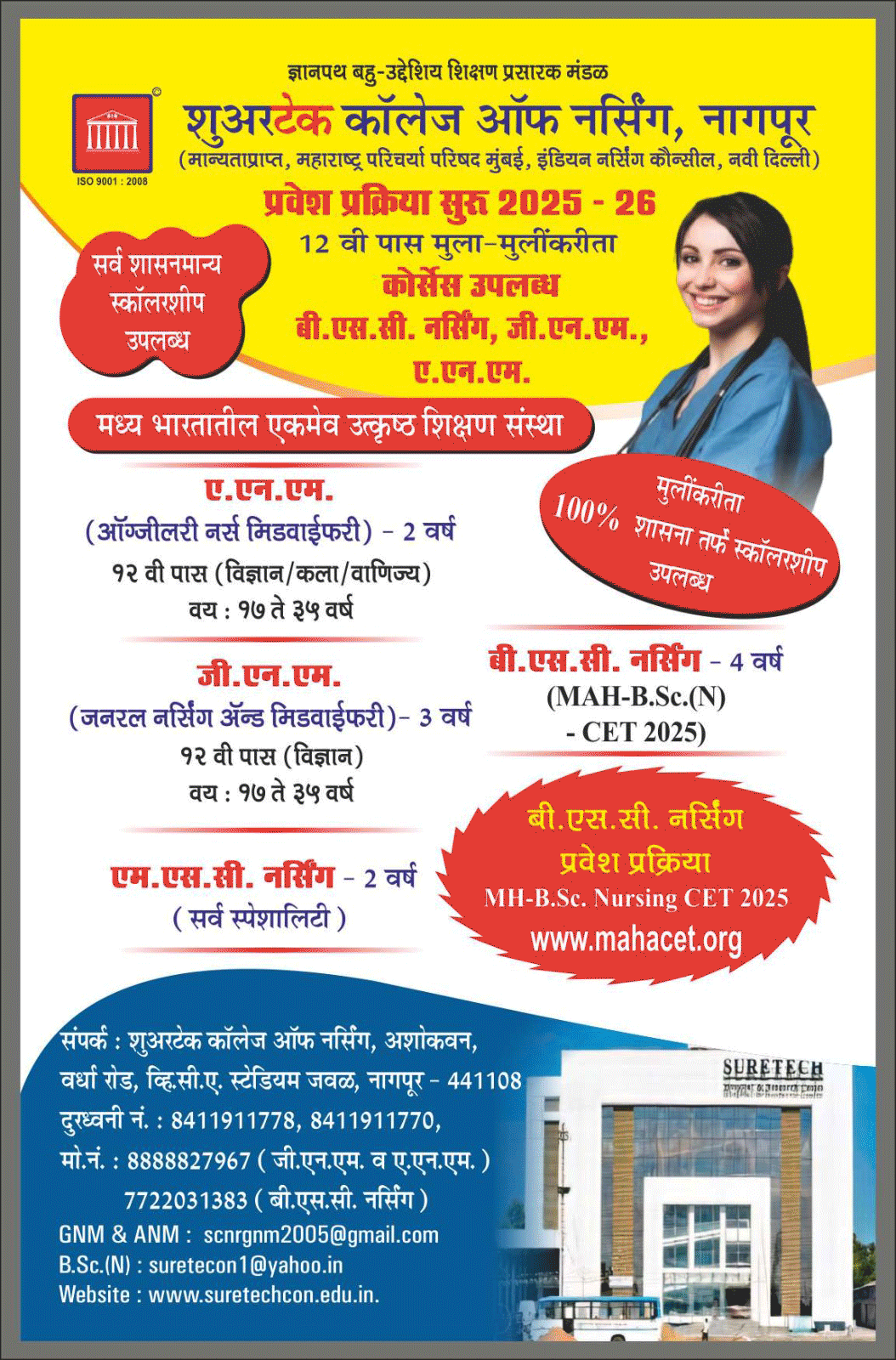
Nagpur: A recent report in a local English daily has exposed a concerning practice among several schools in Nagpur. Despite the Right To Education (RTE) Act stipulating that students admitted under the RTE quota are not required to pay fees, a significant number of schools are charging these students anywhere from 5% to 10% of the regular fees.
The issue came to light when a concerned parent, whose child was admitted under the RTE quota, revealed that they had been making payments to the school for the past few years. The parent disclosed that the fees charged were approximately 5% of the school’s standard tuition fees. The school justified this practice by claiming that they needed the funds to cover maintenance costs, citing delayed RTE reimbursements from the government as a primary reason for their actions.
This report also shed light on the prevalence of this practice in many “budget” schools in Nagpur. These schools, typically English-medium institutes charging fees below the average, primarily serve students from lower-middle-class families. Their primary source of income is the tuition fees they collect. However, with 25% of their admissions reserved for free RTE admissions, these schools often struggle to meet their financial needs.
The state government is responsible for reimbursing all schools a fixed amount under the RTE Act, which may be lower than what the schools charge other students. According to the report, hundreds of crores of rupees in RTE reimbursements are pending with the government. Various school associations are tirelessly fighting with the education department to receive their dues, with some resorting to legal action. The government’s release of funds occurs in multiple phases, creating an ongoing challenge for schools. This delay in reimbursements is what prompts some schools to collect fees from RTE-admitted students in the interim.
One school principal explained that the average annual fee for a regular student is approximately Rs 20,000. Charging RTE students Rs 2,000 annually, even if there are 250 such students, would amount to Rs 5,00,000 annually. This sum significantly contributes to covering basic maintenance expenses for the school building. Furthermore, the principal added that the state government eventually reimburses the fees in a couple of years, alleviating any long-term financial burden on the schools.
Another principal drew a parallel with grant-in-aid schools that charge nominal fees from students. In grant-in-aid schools, the government covers both salary and non-salary expenses, but the allocated amount is often insufficient to meet utility bills and building maintenance costs. Consequently, these schools charge students between Rs 1,000 to Rs 3,000 annually to bridge this financial gap.














